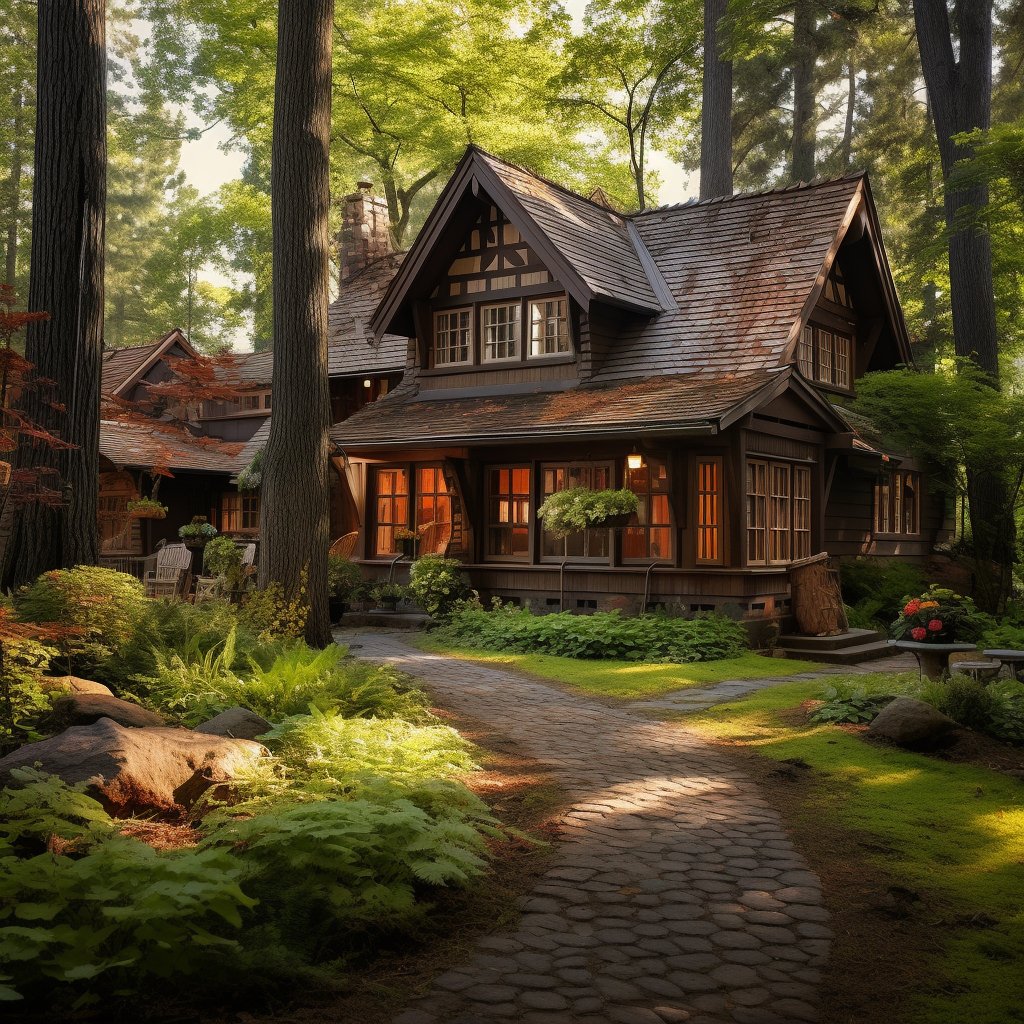
The Environmental Benefits of Purchasing Vintage Furniture.
In an era grappling with environmental crises, from deforestation to climate change, every sustainable choice we make holds significance.
Amidst these challenges, an unexpected hero emerges in our quest for eco-friendliness: vintage furniture. Beyond its aesthetic charm, vintage furniture offers a plethora of environmental benefits that might surprise many.
Reduction of Waste
Each year, tons of furniture end up in landfills, contributing to environmental degradation.
This growing mound of waste is not just unsightly; it's a reflection of our throwaway culture. Vintage furniture, with its emphasis on durability and longevity, offers an alternative.
Opting for a vintage piece over a new one prevents adding to this ever-growing waste. Furthermore, vintage items, often built at a time when craftsmanship was paramount, tend to outlast many modern counterparts that are designed for short-term use.
Conserving Resources
The creation of a new piece of furniture demands a significant amount of resources. From wood and metals to fabrics, each material has an environmental cost.
Forests are razed, metals are mined, and fabrics are produced, often with hefty environmental consequences.
Vintage furniture interrupts this cycle. By choosing a vintage table or chair, you're not just buying a product; you're conserving the resources that would otherwise be expended in producing a new one.
Lowering Carbon Footprint
Behind every shiny new furniture piece is a trail of carbon emissions. These emissions arise from the manufacturing process, transportation, and even the distribution of the furniture.
When you purchase a vintage item, especially from a local dealer, you drastically cut down on these emissions. Local sourcing means less transportation, and the fact that the item already exists means no new manufacturing emissions.
Reducing Chemical Pollution
Modern furniture production often involves a cocktail of chemicals. These might include volatile organic compounds (VOCs) in paints and finishes, which can off-gas and diminish indoor air quality.
Over time, exposure to these chemicals can have health implications. Vintage furniture, having been produced years or decades ago, typically has fewer residual chemicals, making them a safer choice for our homes and the planet.
Encouraging a Circular Economy
At the heart of a sustainable future is the concept of a circular economy—a system that reuses, recycles, and repurposes, reducing the need for virgin resources.
Vintage furniture is a tangible representation of this idea. By giving a second life to a vintage piece, you're championing reuse over disposal. In doing so, you're not only conserving resources but also promoting an economic model that prizes sustainability over unchecked consumption.
Decreasing Demand for Fast Furniture
Much like the fast fashion industry, fast furniture focuses on producing trendy items quickly and inexpensively.
However, these items often come at a hidden environmental and ethical cost. They might involve unsustainable materials, poor labor practices, or result in short-lived items that soon find their way to landfills. By investing in vintage furniture, consumers send a message, decreasing the demand for fast furniture and its associated ills.
Vintage as a Sustainable Design Trend
There's an undeniable charm in blending the old with the new. More interior designers and home decorators are weaving vintage pieces into contemporary settings, creating spaces rich in character and history. This trend is not just about aesthetics; it's a nod to sustainable living. By choosing a vintage centerpiece or accent, homeowners can make a style statement that's also environmentally conscious.
Economic Benefits Aligning with Environmental Gains
Sustainability isn't just about the environment; it's about creating a balance between ecological, social, and economic needs. Vintage furniture perfectly embodies this balance.
Often, vintage pieces, with their rich history and superior craftsmanship, can be more affordable than high-end new items. Moreover, vintage pieces can retain or even appreciate in value over time. By supporting local vintage dealers, you're also investing in local economies and communities, fostering both environmental and economic well-being.
Conclusion
In the grand tapestry of environmental solutions, vintage furniture stands out as a blend of beauty, history, and sustainability.
Each vintage piece carries with it tales from the past, craftsmanship from bygone eras, and an eco-friendly promise for the future.
As we navigate the pressing environmental challenges of our time, it's heartening to realize that choices as simple as opting for a vintage coffee table or armchair can have a profound positive impact. For those passionate about the environment and design, vintage furniture offers the perfect intersection of both worlds.

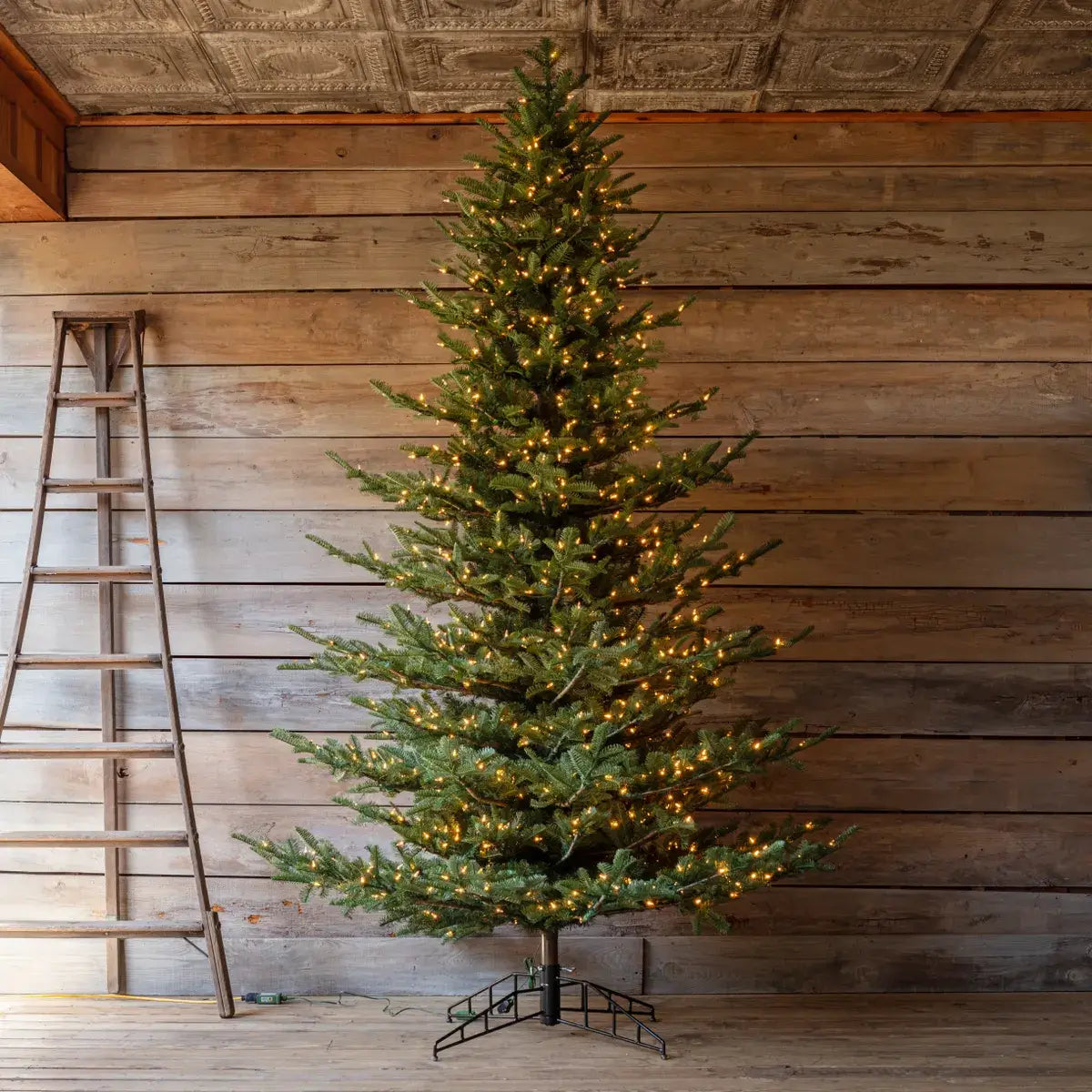
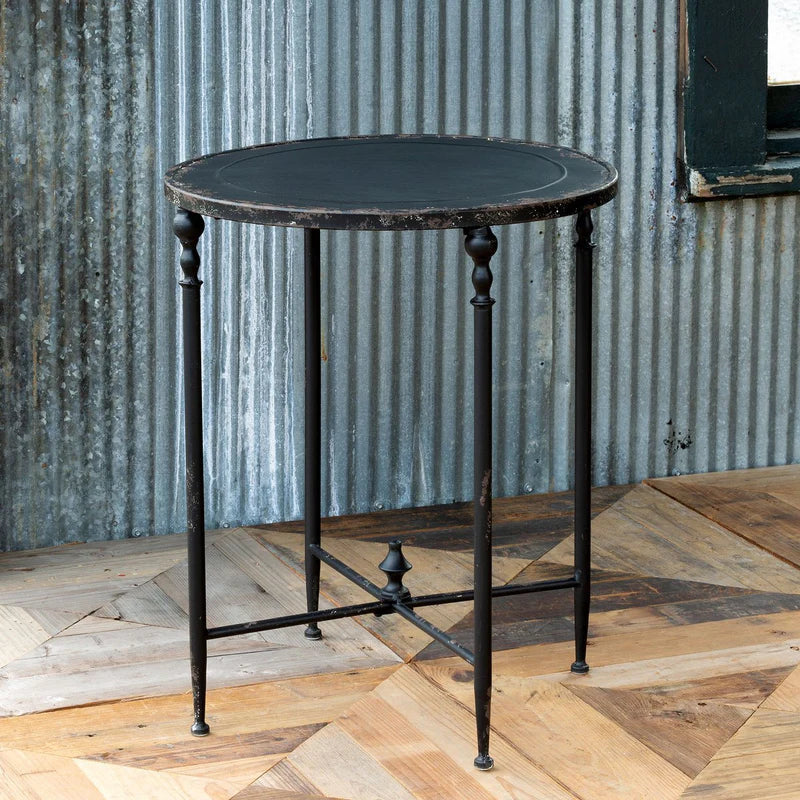
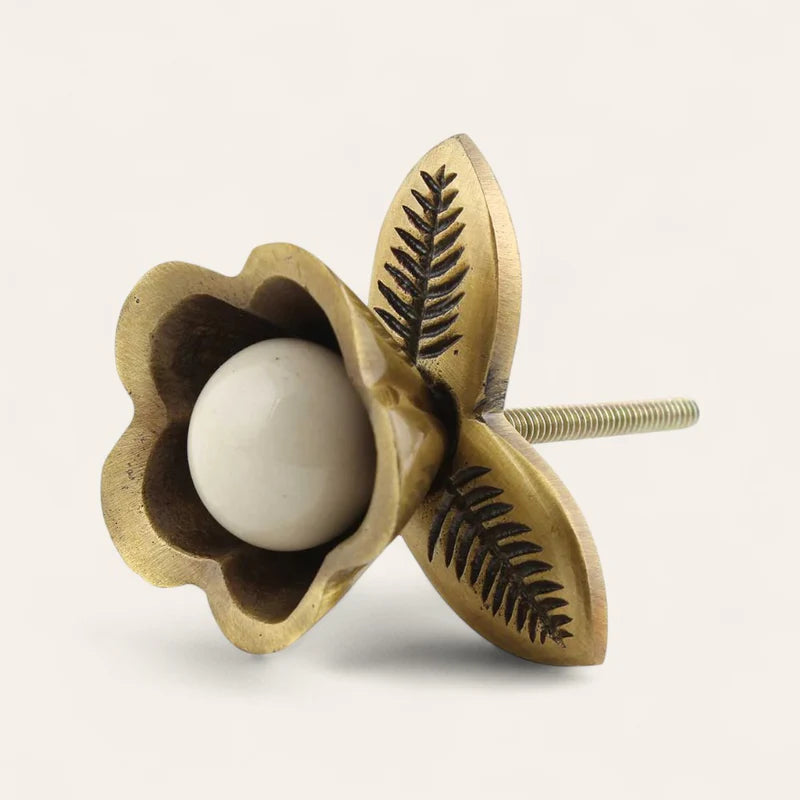
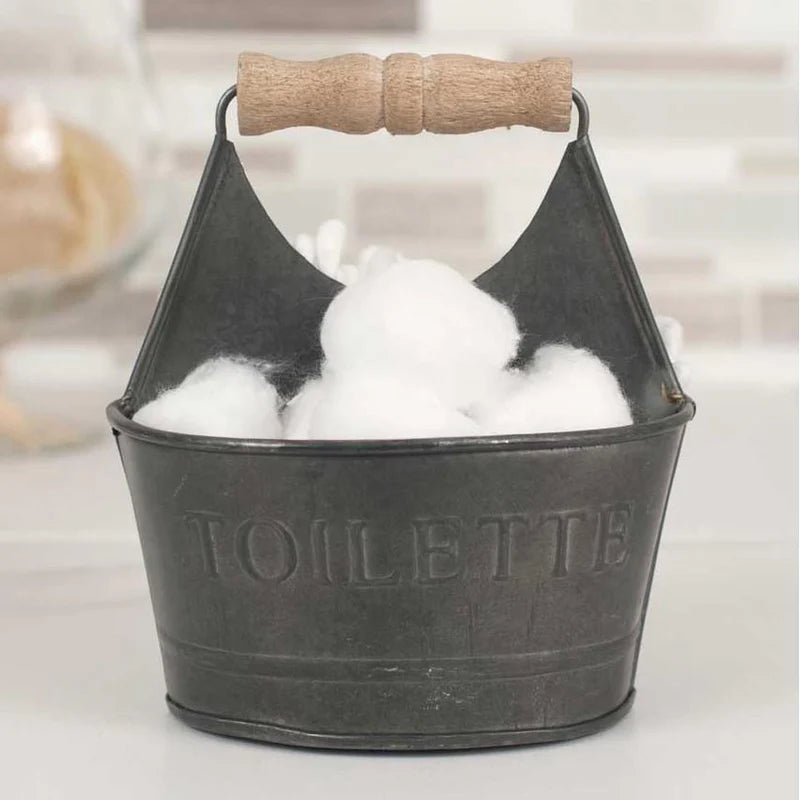
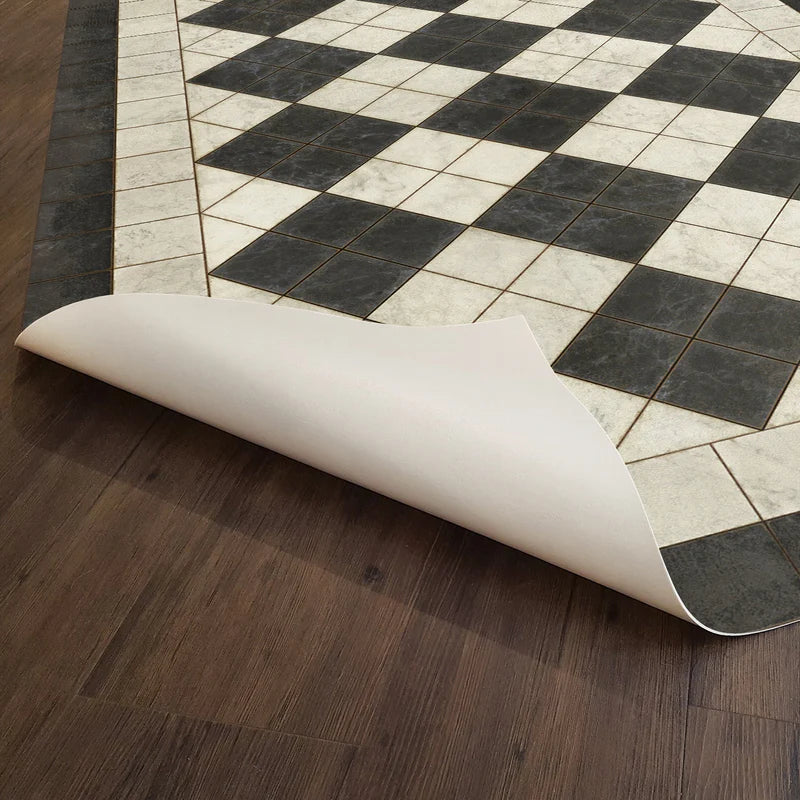
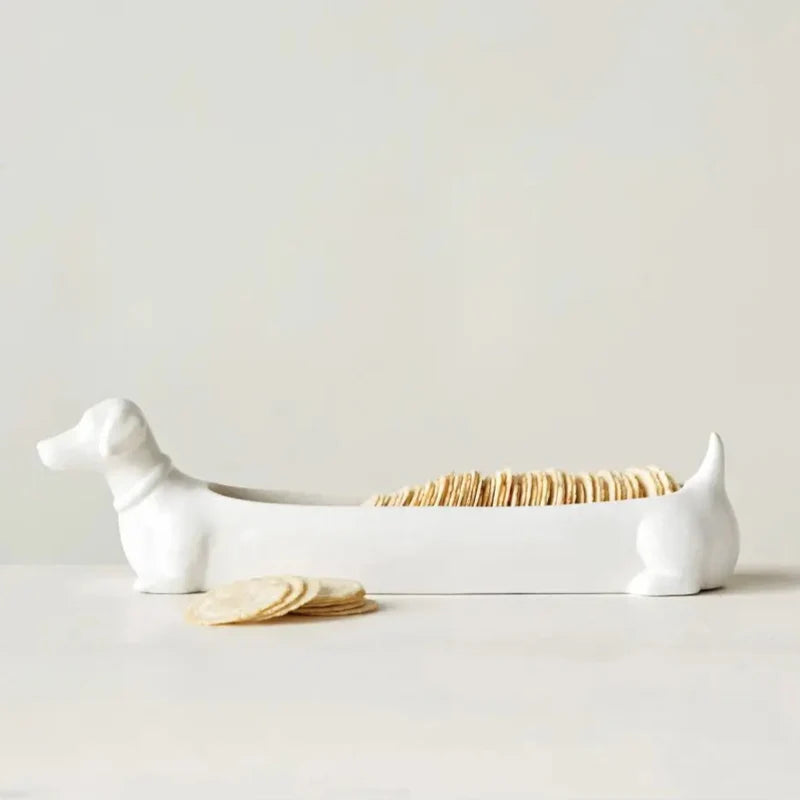
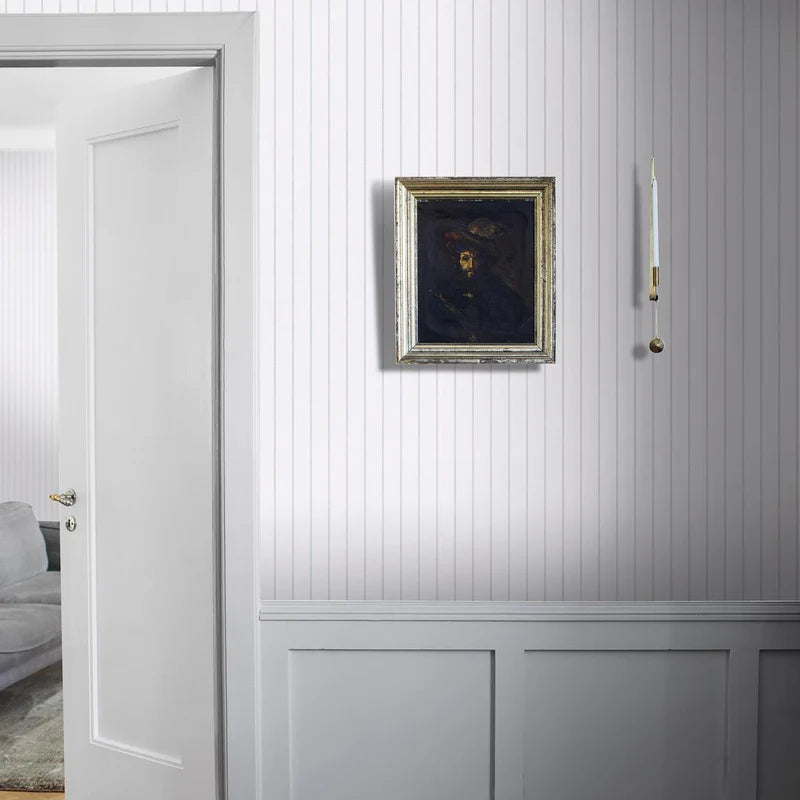
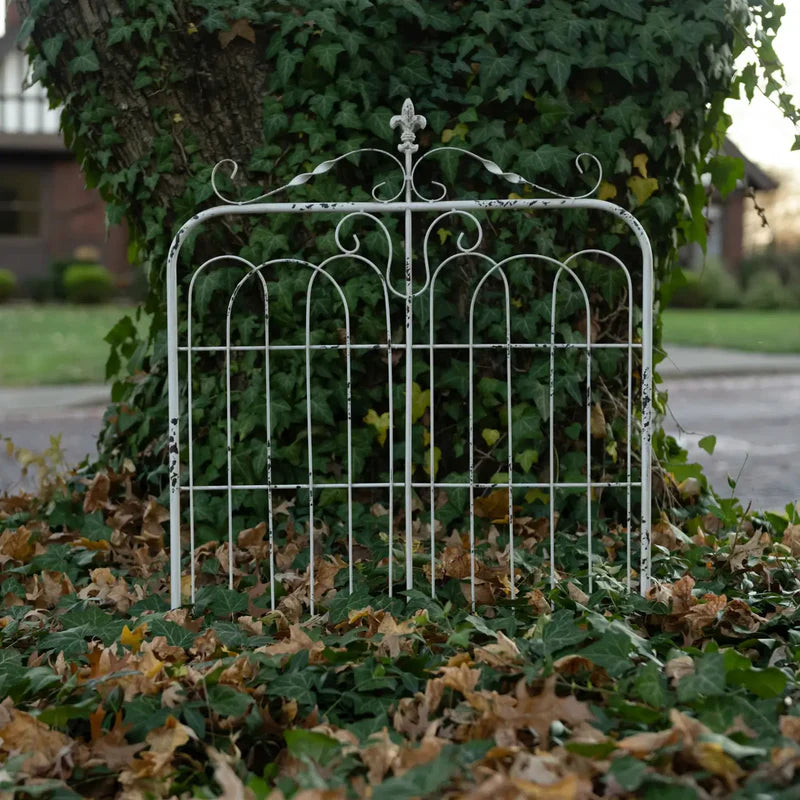
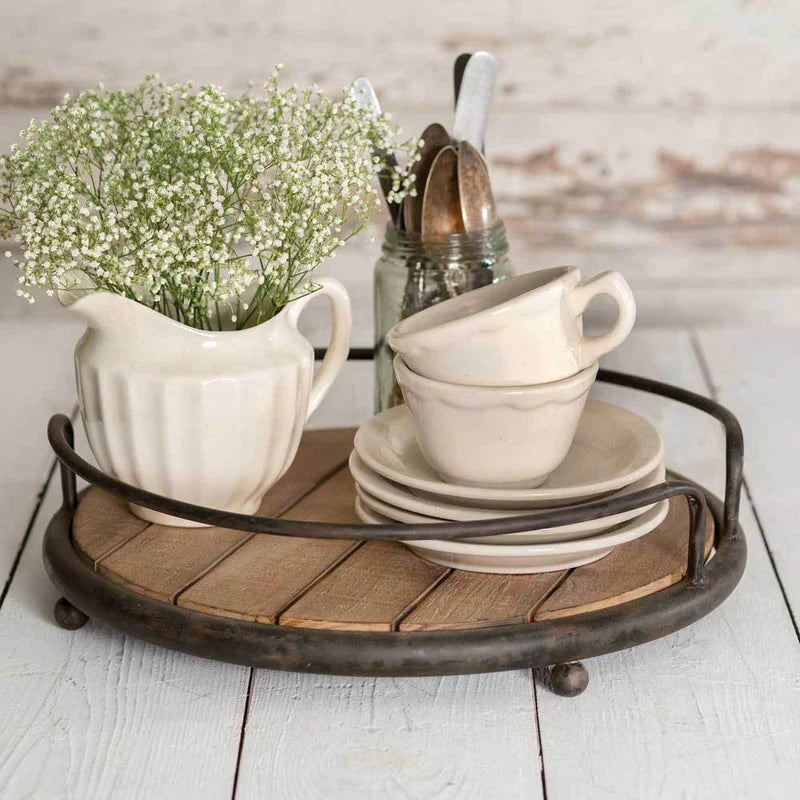

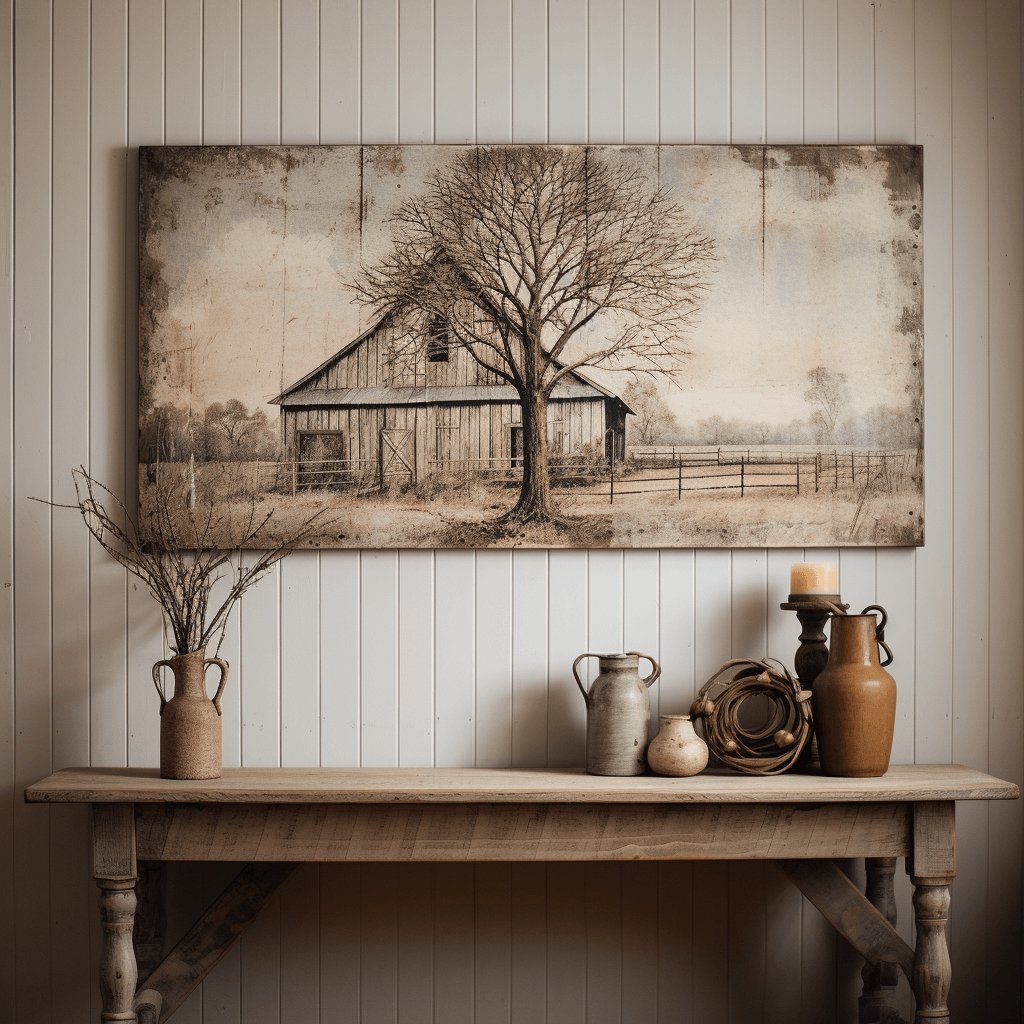
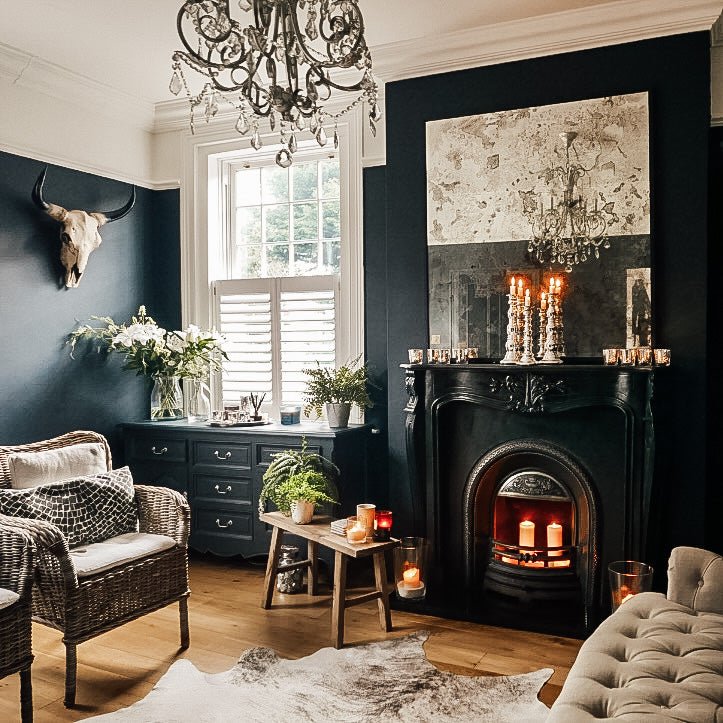
Leave a comment
This site is protected by hCaptcha and the hCaptcha Privacy Policy and Terms of Service apply.